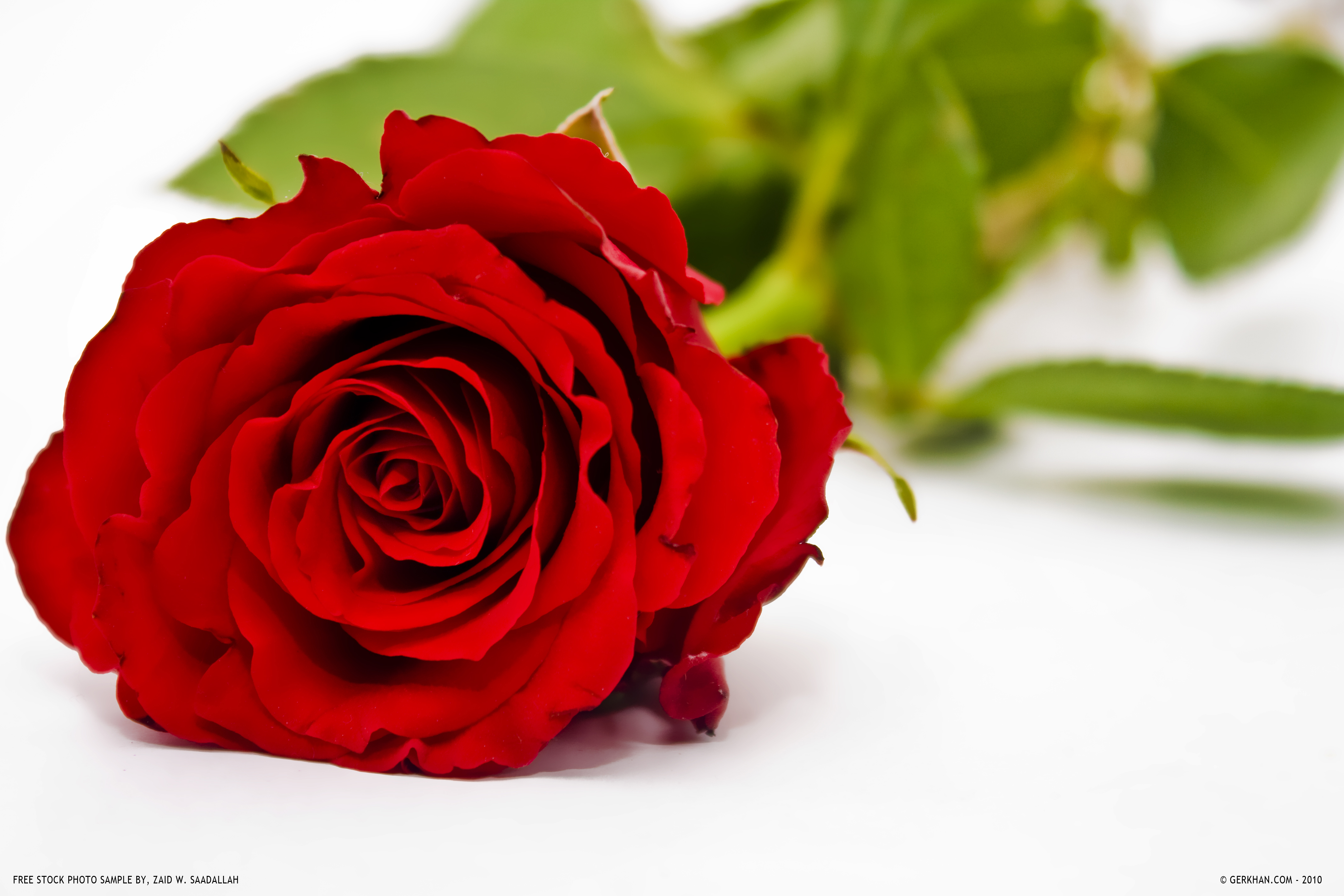There’s a rhythm to threading beads which I had to learn this morning – 4-1-1-1, 4-1-1-1, and so on. I sat down and started threading without making sure that my beads were in the right order and pretty soon I had made a mistake. Luckily, I was sitting in-between two experts, who quickly showed me the secret.
The bracelets we were making are the basics of an inspired project for social upliftment, started by Lauren Gillis in 2010. The project offers township seniors dignity, companionship and an income to support themselves; offers disadvantaged youth an opportunity to earn a living, and, at the same time, helps new organisations grow their potential. What’s more, the bracelets which are produced help raise awareness of causes as varied as early childhood education, clean water, malaria and wildlife conservation.
 |
| The finished product in aid of Masikhule |
The concept is simple – the bracelet which can be completed in a matter of minutes, is the tool which provides purpose, income and awareness. To date, Relate has created earning opportunities for over 350 people, supported over 70 causes and sold almost 2 million bracelets. Young adults are employed to turn the strings of beads into a bracelet which bears a disc identifying the cause which will benefit. We had the opportunity to engage with them and hear their dreams of a future as a teacher, butler, musician and more.
 |
| Younger experts putting the bracelets together |
But back to the threading room... to end off, the gogos and tatas (grannies and grandpas) showed us how they keep fit with a series of seated exercises to some lively music, before a feast of Nando’s chicken. The project is truly holistic!
Visit the website, www.relate.org.za, for more information or to purchase bracelets.







